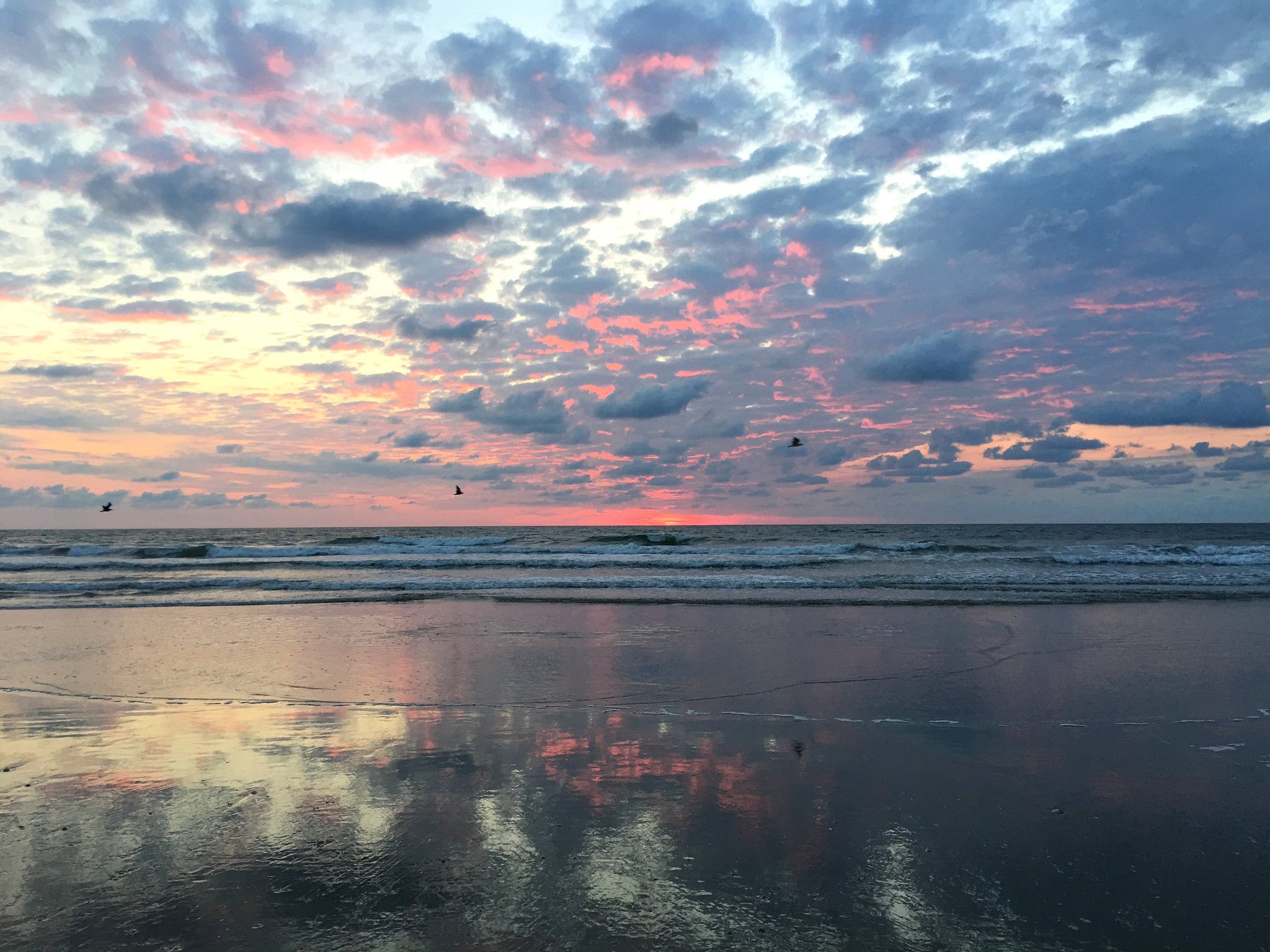Explore Coastline, Forest, and Shipwrecks in False Cape State Park, Virginia

'Courtesy Virginia State Parks'
When I arrive at a small sign marking the entrance to False Cape, I’m already 5 miles into my trip. There’s no vehicle access to this state park—the only one of its kind in Virginia. In order to backpack through its loblolly pines and live oaks and camp along its undisturbed shoreline, you must hike to the trailhead. That’d be a bummer if the extra 5 miles were boring. Luckily, the coastal wetlands of Back Bay are the perfect preamble to this quiet park. Without cars or RVs, False Cape feels utterly deserted. I venture down the coastline, splitting forests, marshes, and dunes, and taking time to inspect a shipwreck from the 1800s. Here, I feel as much like an explorer as a hiker, and I’m happy to be both.
Turn-by-turn from the Little Island trailhead
1) On the east edge of Little Island spit, hike 1.6 miles south.
2) At the obvious opening in the dunes, veer .2 mile inland.
3) Pick up the East or West Dike Trail (only one will be open due to migratory bird patterns), and trek 3.2 miles south to the False Cape State Park trailhead at mile 5.
4) Continue 1.3 miles south on the Sand Ridge Trail, which crosses marshy migratory bird habitat to an intersection.
5) Take the False Cape Landing Trail to a junction at mile 8.6.
6) Turn east to claim an oceanside site .4 mile away.
7) With a daypack, retrace your steps to the False Cape Landing Trail and keep going 1.7 miles south to the Wash Woods ruins, where shipwrecked voyagers settled in the 1800s.
8) Hike northeast to the shore and follow the beach to camp at mile 13.6.
9) Next day, head .4 mile back to the False Cape Landing Trail and retrace your steps 8.6 miles to the trailhead.
Campsites: Backcountry Sites 7-9
Claim an oceanfront campsite ($11). Pitch your tent above the high-tide line and keep an eye out for bottlenose dolphins popping above the surf. (If it’s windy, make camp 200 yards back among the live oaks.)
Wildlife
Swans, herons, ibises, and egrets headline the migratory bird species that call False Cape home in late spring. In the morning, scan the sand for tracks from red foxes or feral hogs. Loggerhead sea turtles nest on the shoreline in May (give them space, and avoid using a headlamp, which can confuse hatchlings trying to scoot to the ocean).
History
This itinerary takes you to Wash Woods, where you can spy ruins of the 19th-century town’s graveyard and church. The steeple was built with cypress from the John S. Woods schooner, one of a handful of ships to run aground off False Cape (mariners frequently mistook it for Cape Henry and traveled too close to shore—hence the name). From Wash Woods, hike 1.5 miles south to explore one of these doomed vessels: the Clythia, which crashed in 1894. (Time it for low tide for best exploring.)
Water
Unfortunately, BYO. Haul in a gallon per person per day. You can top off at the faucet at mile 6.3 (at the junction with the Dike and Sand Ridge Trails).
DO IT Trailhead 36.6936, -75.9245; 15 miles south of Virginia Beach off Sandpiper Rd. Season April to October (Back Bay’s interior trails are closed November to March) Permit Required ($25/night); reserve by phone. Mileage 22.6 (lollipop-loop)